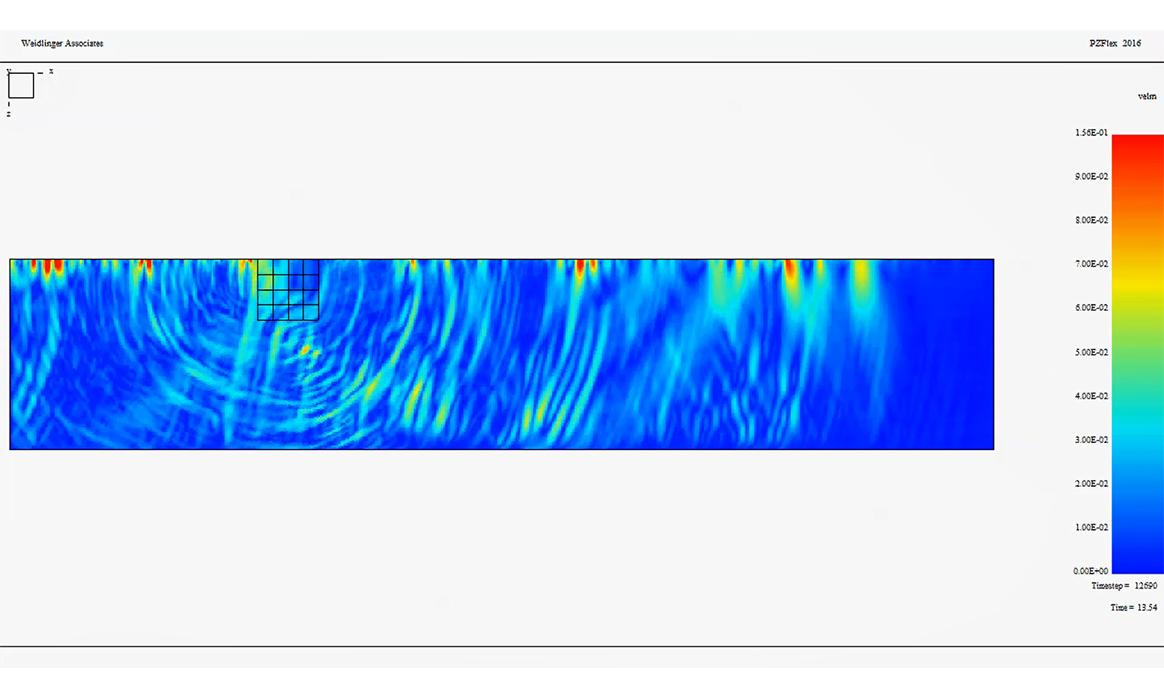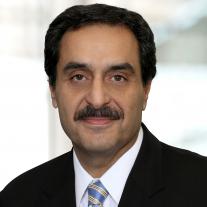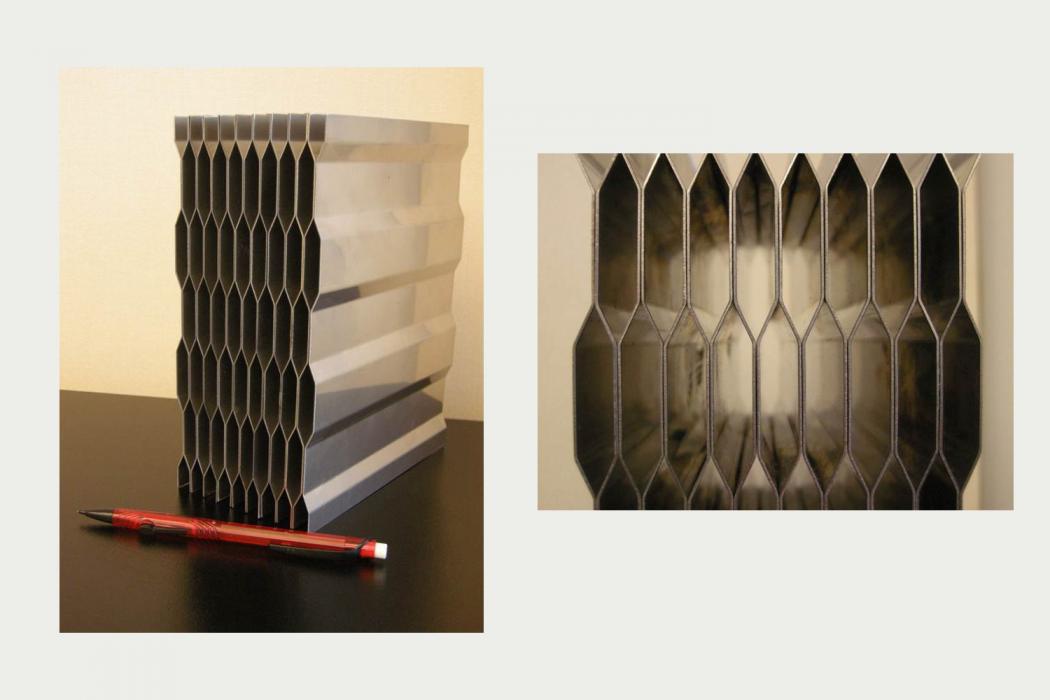Seismic Hazard Mitigation Research
New technologies to protect buildings and critical infrastructure from seismic hazard may come from a surprising place: advances in metamaterial science, proven in the defense sector.
The Challenge
Seismic hazard is estimated to affect more than two billion people. Conventional methods of protecting built structures use inertial or resonance-based approaches, such as shock absorbers. These are expensive to engineer and build, and almost impossible to use on a city-wide scale, or for historically important structures. Is there a better way?
Here's How
Adapt Our Defense-Sector Expertise to Mitigate Seismic Hazards
Our team of applied mathematicians and structural engineers has been developing advanced capabilities for the defense industry for decades. Some of this technology relates to risks that are similar to seismic hazards, such as ground and underwater shock from explosions, and the computational physics needed to simulate, understand and mitigate the effect of these phenomena.
Our computational physics capabilities allow us to simulate the full nonlinear dynamics of wave motions in large regions of complex soils, and to understand the details of structural responses to these hazards. We also can use these simulations to optimize a structure, material, or any other design feature to maximize safety. In effect, a structure can become “less visible” to a passing shock wave from an earthquake.
Our work builds on advanced concepts developed for the US Office of Naval Research. We explored how specially designed arrangements of conventional materials – “metamaterials” – can create radically new and better performance against seismic hazards. In mechanical systems, such as earthquake, and explosion response, metamaterials have been developed that can fine-tune both the kinetic-energy physics of a wave motion, and the stored, or potential, energy physics. In other words, we can tailor both how a medium or metamaterial moves under seismic excitation, and how it stores energy in its deformations.
We have applied the metamaterial concept to some complex designs using buried or aerial tuned-mass dampers. However, to dissipate the extraordinary amount of energy transmitted by seismic waves effectively, very large masses and/or oscillation amplitudes are required.
Our idea: shift our emphasis to deformations in the earth, not the kinetics. This means we look to how the metamaterial deforms, takes on stress, and springs back during the oscillations.
The Designs
Given the wide scale of the structures we want to protect – from a stadium to a small data center – the metamaterial technology for seismic mitigation must use commonly available construction materials. Our insight is in how to design special arrangements and configurations of these materials to create new and remarkable protective effects.
The Technology
We are applying the computational physics software we developed over decades of work with the departments of Defense and Energy to simulate and optimize wave motion and structural response. We are also leveraging our unique insight into wave physics coming from special programs for the US Navy.

This is a design simulation of an arrangement of seismic metamaterials. You can see the wave travelling on the surface from left to right striking the metamaterial region (black grid), and being directed away from the surface, protecting any structures on the right.
Results
Our work is truly cross disciplinary, involving our experts in computational physics, mathematics and structural engineering. We were able to develop seismic metamaterial concepts that steer and bend seismic waves away from the assets we want to protect. In essence, making them, in a simulation. “Invisible” to the passing wave.



